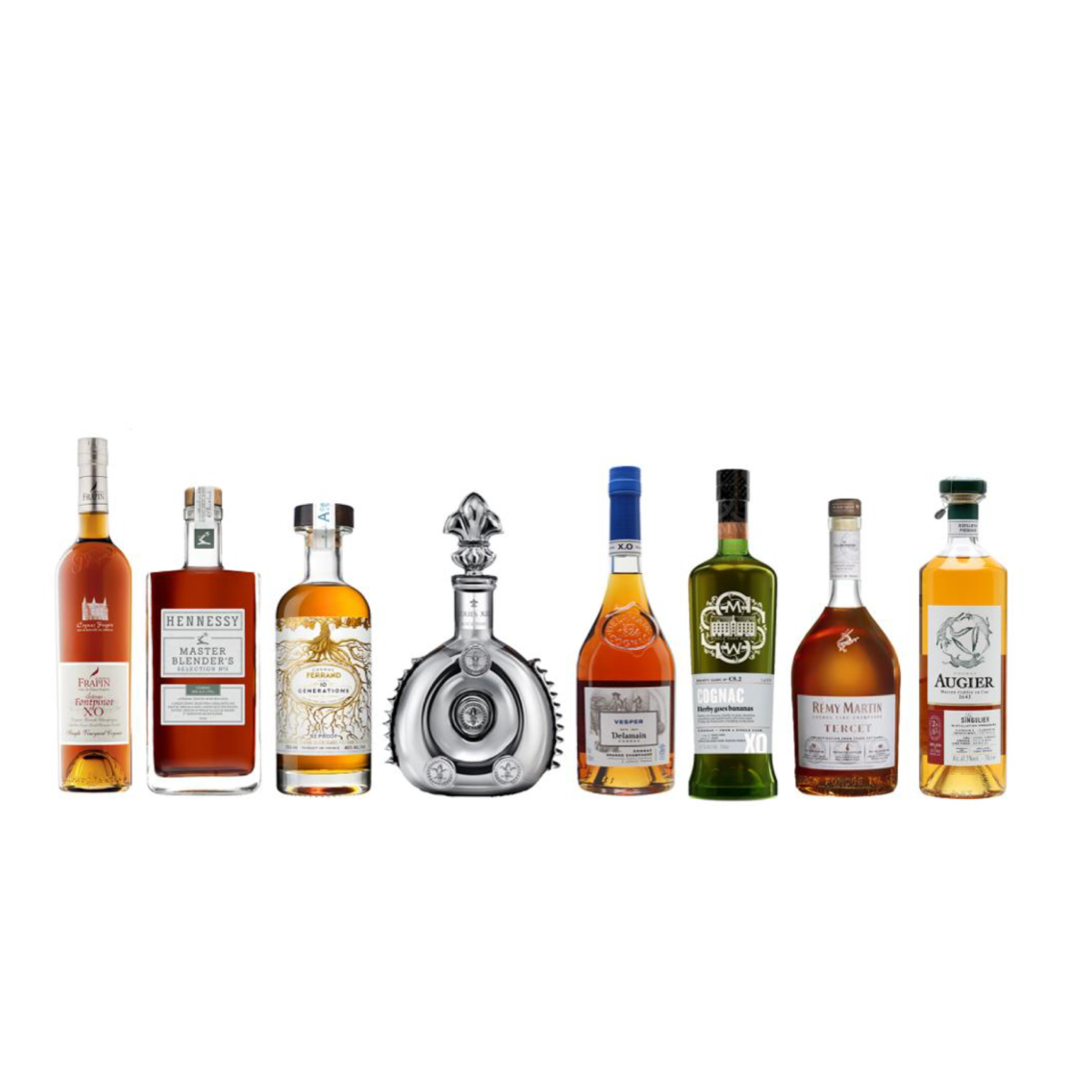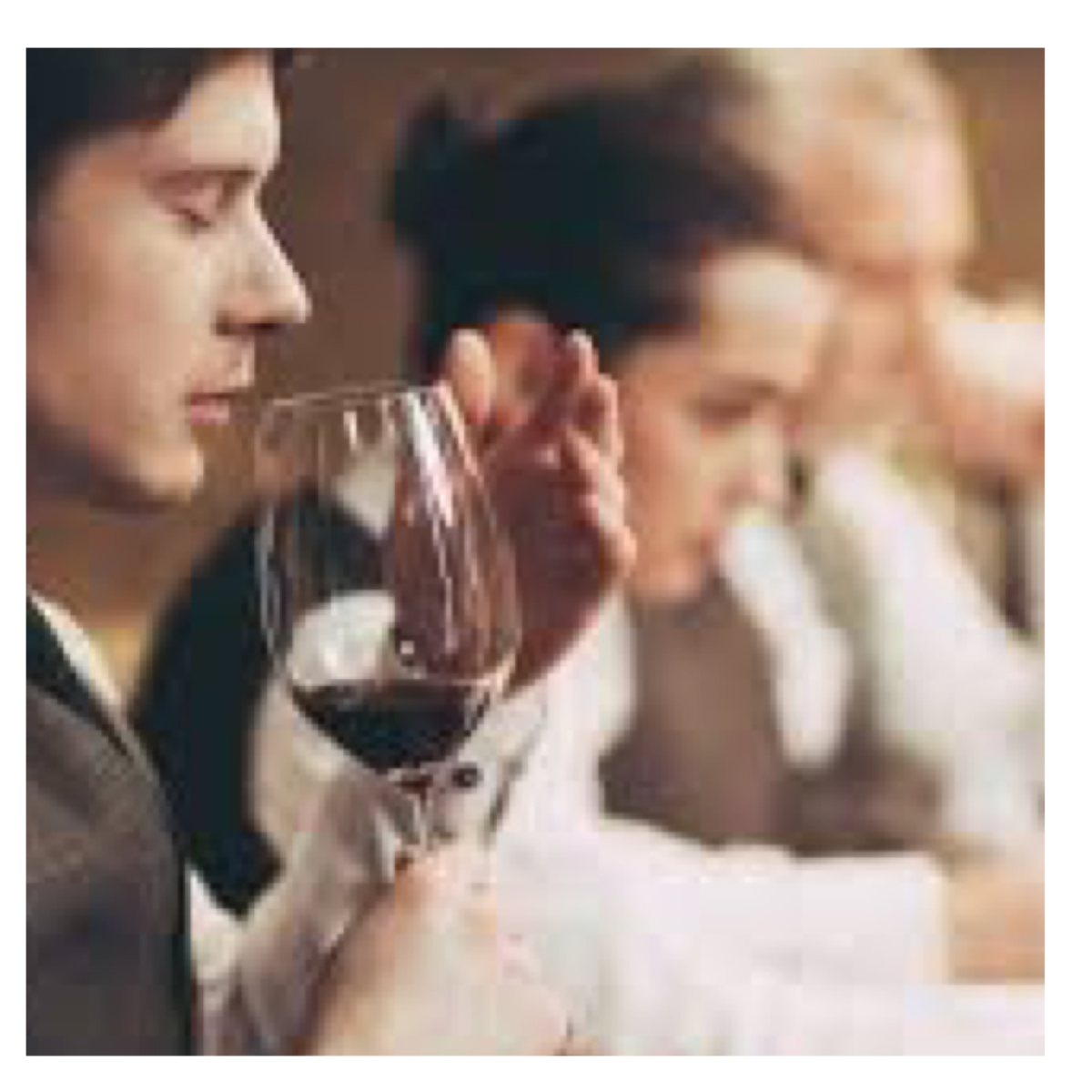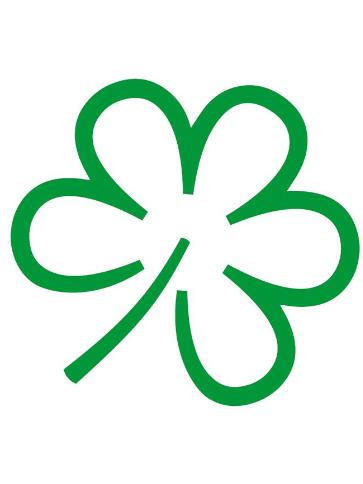Cognac continues to evolve globally given the interest in craft cocktails, particularly in pre-prohibition cocktails. With the United States being the first cognac market (102.4 million cognac bottles imported in 2019) it has diversified the many ways cognac can be consumed, from sipping it neat to using it as the base for trendy and originating cocktails. A recent study by Beverage Dynamics points to millennials spending up for premium spirits and cocktails. In the past 12 months, spirits priced $25 and up have increased in sales by 13.2%.
With millennials favoring the full imbibing experience—with an emphasis on ingredients — bartenders and stirrers are shifting with the trends.
COGNAC EDUCATORS FROM AROUND THE COUNTRY SHARED TRENDS THEY CURRENTLY SEE AND PREDICT FOR 2020
LESS DRINKING, HIGHER QUALITY
Dan Nicolaescu, Beverage Director of Brandy Library and Copper and Oak (New York, NY)
It is my experience that, generally speaking, people are drinking less but of higher quality. I see interest in trying cognac growing steadily, especially towards neat pours. It seems that preferences steer toward cognacs with a lighter wood influence but fairly well developed, in the 10-25 years range.
As far as cocktails go, I can envision bartenders focusing on quality by using small quantities of high-quality old cognac as an accent in a drink. It can provide unique flavors to the final product and is also more financially sensible.
MODERN MIXOLOGY SIMPLIFIED
Miguel F. Lancha, ThinkGoodGroup Cocktail Director (Washington, DC)
One trend that I have seen working with cognac is younger bartenders are showing an interest in wanting to learn about it, whether it’s at a bar training session or an industry seminar.
The interest in classic cocktails has been around for a while now, but many bartenders are going back to being more flexible and creative with cocktails. I see an opportunity for guests to be more exposed to cognac by trying drinks that combine it with cool techniques. Bartenders are continuing to modify the textures and structures of drink components by clarifying, carbonating, making a slushy, etc. They’re doing it in a way that’s not in your face or over the top, which is intriguing guests and exposing them up to Cognac in cocktails.
PRESENTATION WITH LEVITY
Kellie Thorn, Hugh Acheson Restaurants Beverage Director (Atlanta, GA)
While we are still having a hard time getting guests to order cognac on its own the way they do whiskey, we are seeing a lot of cognac cocktails sell.
I think that the key to reaching a younger audience is presenting the spirit and category with some levity. I obviously love the heritage and tradition behind these spirits, but we should approach it with a little irreverence.
Split your pour of cognac neat with some amaro, think of more tropical applications, add it to your spritz build, and in general make cognac feel like something that doesn’t have to have a lot of pomp and circumstance around it to enjoy it.
LOWER-ABV COCKTAILS
Joseph Erhmann of Elixir, Elixir to Go and Cocktail Ambassadors (San Francisco, CA)
There is an opportunity for cognac to take advantage of its great flavor intensity by mixing shorter pours (.5-1 ounce) with light mixers, like the multitude of uniquely flavored tonics to make low- ABV drinks. I particularly like a VSOP with Fever-Tree Aromatic Tonic and expressed lemon oil or a young, fruity VS with a dry grapefruit soda like Q Grapefruit.



